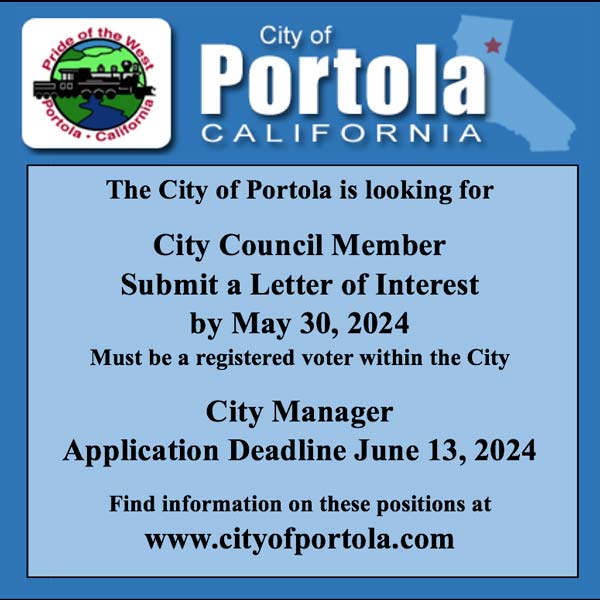Editor’s note: This story is part of a series devoted to the history of Plumas County.
The Western Pacific Railroad Co. occupies a special place in the history of Plumas County, and railroad history more generally.
Western Pacific (originally Railway, generally known as WP) was a relatively small rail company, founded in 1903. It is best known for its “Feather River route” connecting Oakland with Salt Lake; for the Keddie Wye, an unusual three-way rail interchange linking to the Great Northern Railway; and as one of the operators of the original California Zephyr (1949 – 1970).

The Feather River route was a lifelong dream of Arthur Keddie, a Plumas County surveyor and engineer. Keddie emigrated to America from Scotland in 1863, settling in Quincy. One of his first jobs in the area was to determine the best path for a winter road for the Oroville and Beckwourth Pass Wagon Road Co. In his 1867 report, he recommended a route tracing the North Fork Feather River through its spectacular canyon — a path he felt could also work for a transcontinental railroad. The Feather River route would be a more sheltered, lower elevation and far less steep alternative to the Overland route over Donner Pass, which at the time gave Southern Pacific a near-monopoly on train travel through the region. More than 40 years later, in 1909, Keddie’s vision was finally realized by the Western Pacific Railroad.

Winter operations
Although lower in elevation than the Overland route, winter operations still presented plenty of challenges for Western Pacific in Plumas County.

Maintenance-of-way equipment was used to clear snow from the tracks. One common tool was a Jordan spreader snow plow. The spreader could be attached to one end of a locomotive, or two spreaders could be attached, one at either end, enabling the train to operate in both directions without having to turn around, explains Kerry Cochran, general superintendent and archive manager of the Western Pacific Railroad Museum, and a member of its board of directors.

The Jordan spreader could clear the snow off the top of track, but to clear between the rails, another type of plow, called a flanger plow, was used. Railway wheels have a raised rim called a flange, which sits on the inner edge of the track, helping to guide the train. The flanger was used to clear the space between the rails so that the flanges could do their job, helping to prevent derailments.
When conditions became too deep for a wedge-style plow, a rotary snow plow could be used. Rotary plows could clear depths up to 8 – 10 feet.


Western Pacific Railroad Museum
In 1982, Western Pacific was purchased and absorbed into Union Pacific, which still operates several of its lines, including the railroad through the Feather River Canyon. The following year, former WP staff formed the Feather River Rail Society and work began on the Western Pacific Railroad Museum in Portola. The museum is currently closed for the winter. It is expected to reopen May 2, with the full season beginning Memorial Day weekend.
Sources and further reading
Brehm, Frank. “Western Pacific Railroad History Online.” Feather River Rail Society.
Feather River Rail Society. “Historical/Archive Department Collections.”
Plumas County Museum Association Inc. “Arthur Keddie’s Railroad Dream.” Las Plumas 45, no. 4 (Nov. 2019).




